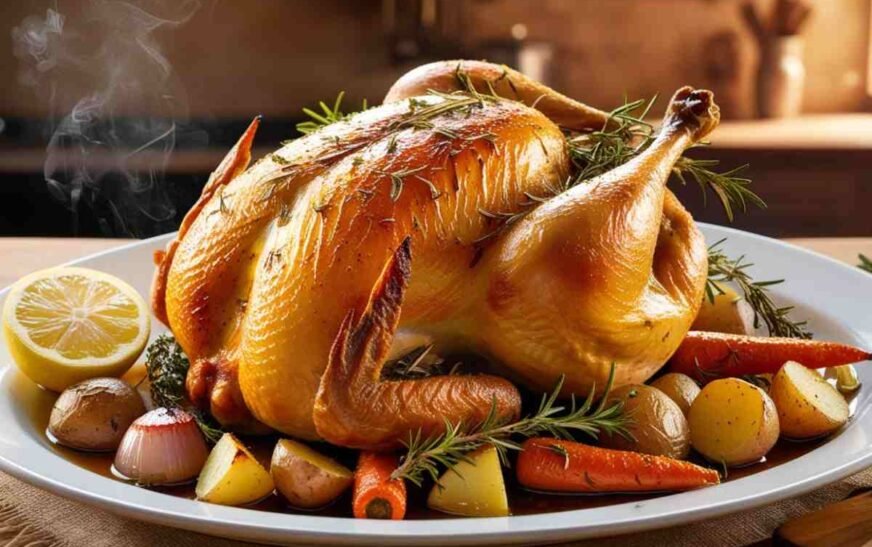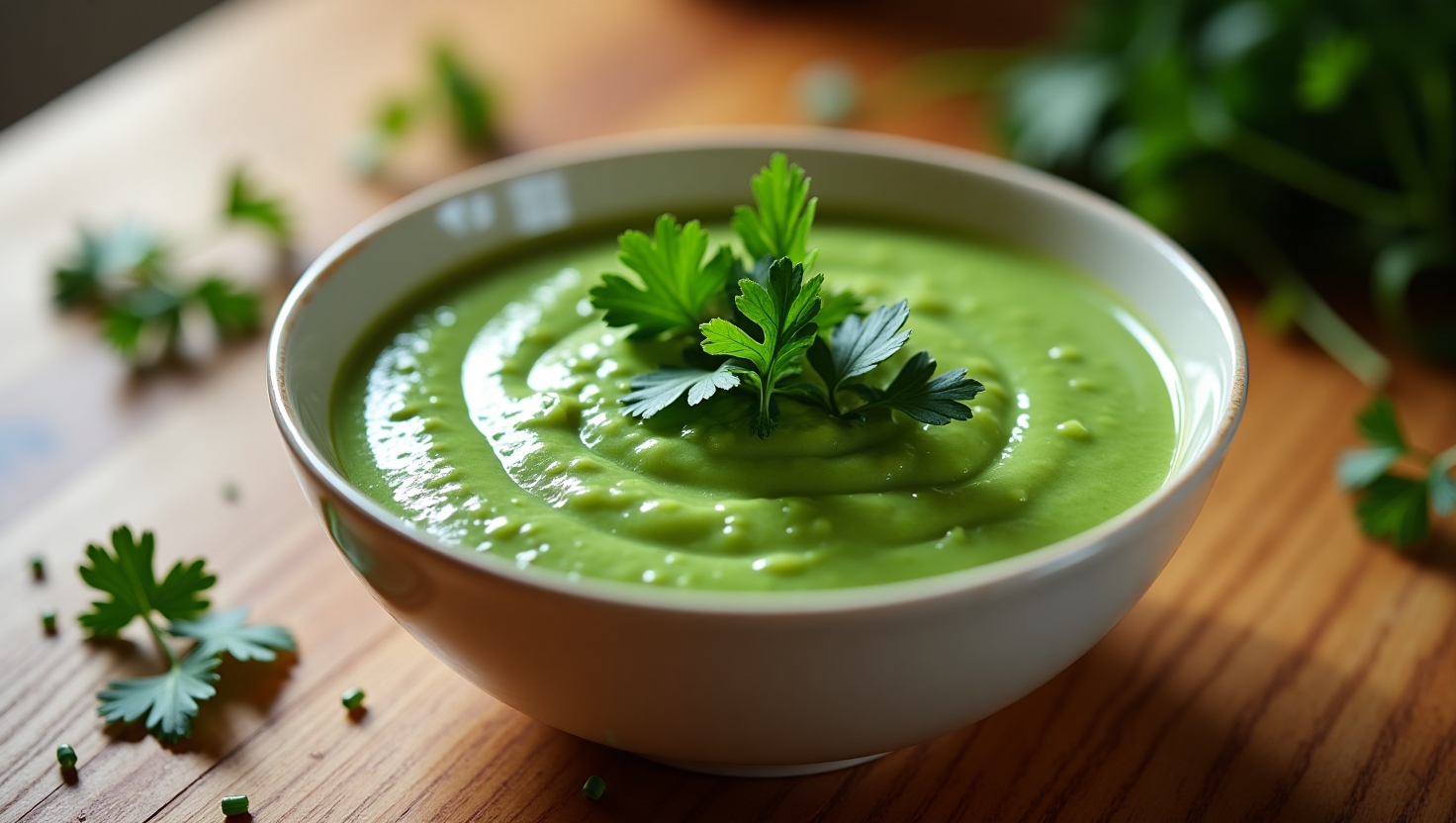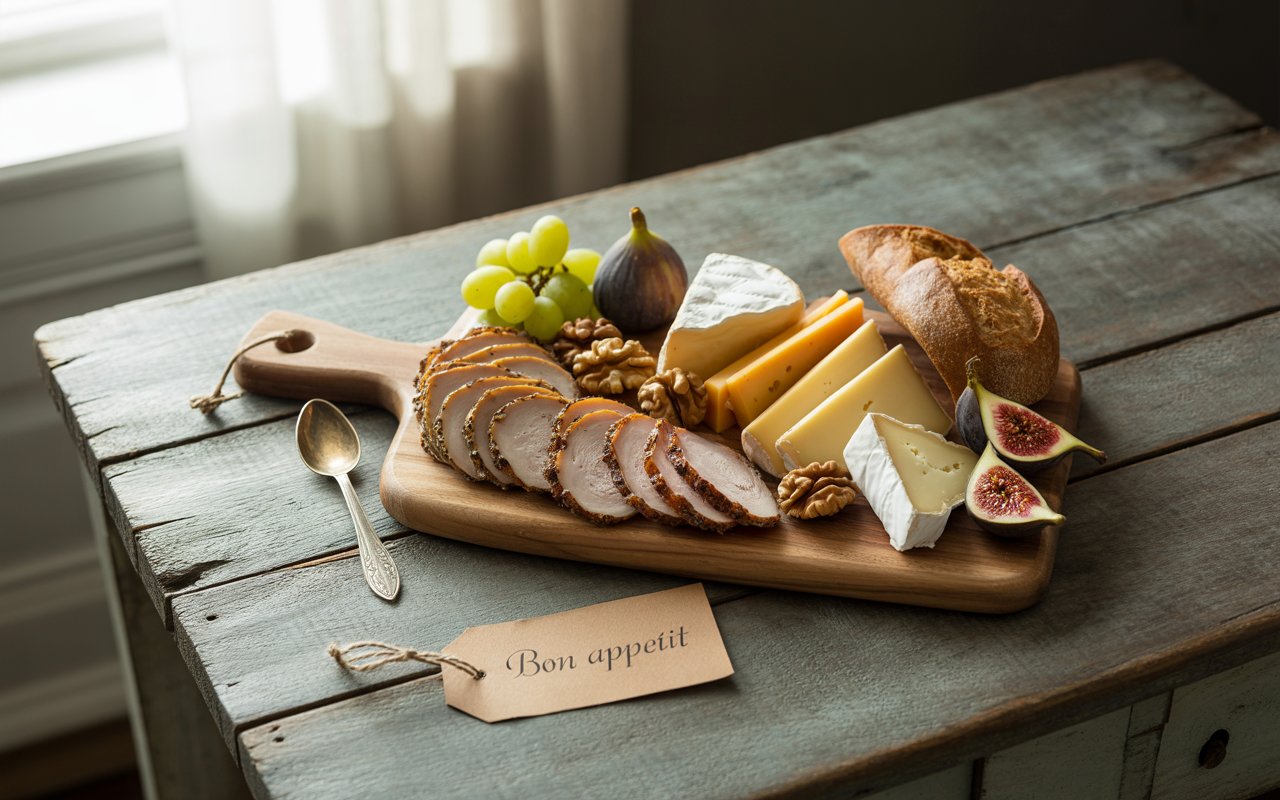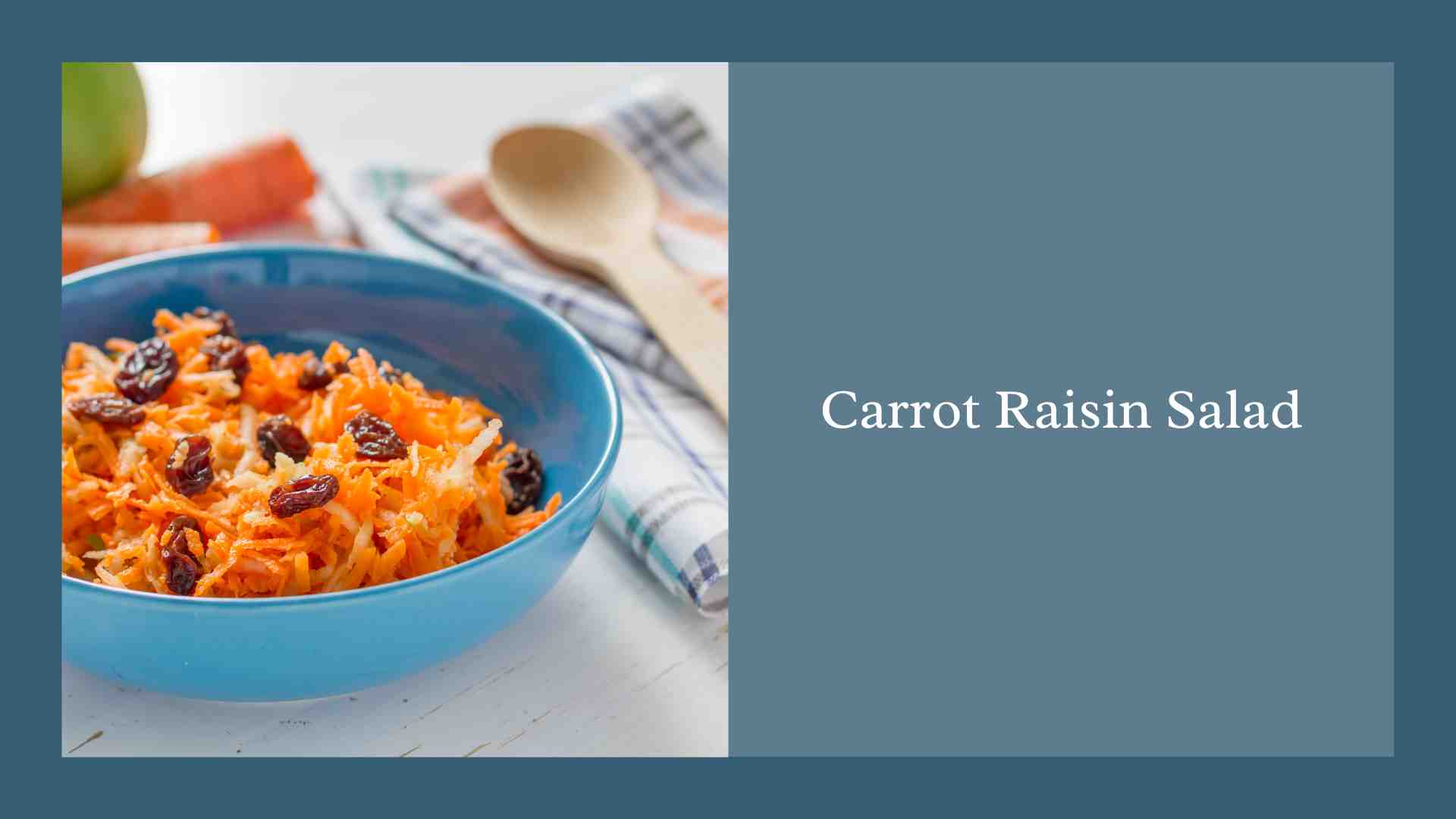Table of Contents
Pollaste, a traditional chicken dish rich in cultural history, remains a cherished favorite across various regions. Whether roasted, grilled, or wood-fired, Pollaste carries a unique blend of spices and flavors that have been passed down through generations.
In this ultimate guide, we’ll dive deep into the origins , its variations, preparation methods, and cultural significance. You’ll also learn why this dish continues to captivate taste buds worldwide and how you can prepare it at home.
The Origins
It is originated in the Mediterranean, where poultry is a staple in family meals and celebrations. The term “Pollaste” translates to “chicken” in several Latin-based languages, but it signifies more than just roasted chicken.
Traditionally served at festivals, it symbolizes abundance and community. The recipe changes depending on the region, using local spices and herbs to craft different flavors.
For example, Pollaste a la Catalana uses herbs like rosemary and thyme, while from southern Italy highlights lemon zest and garlic for a fresh, zesty taste
Why Pollaste Is a Culinary Classic
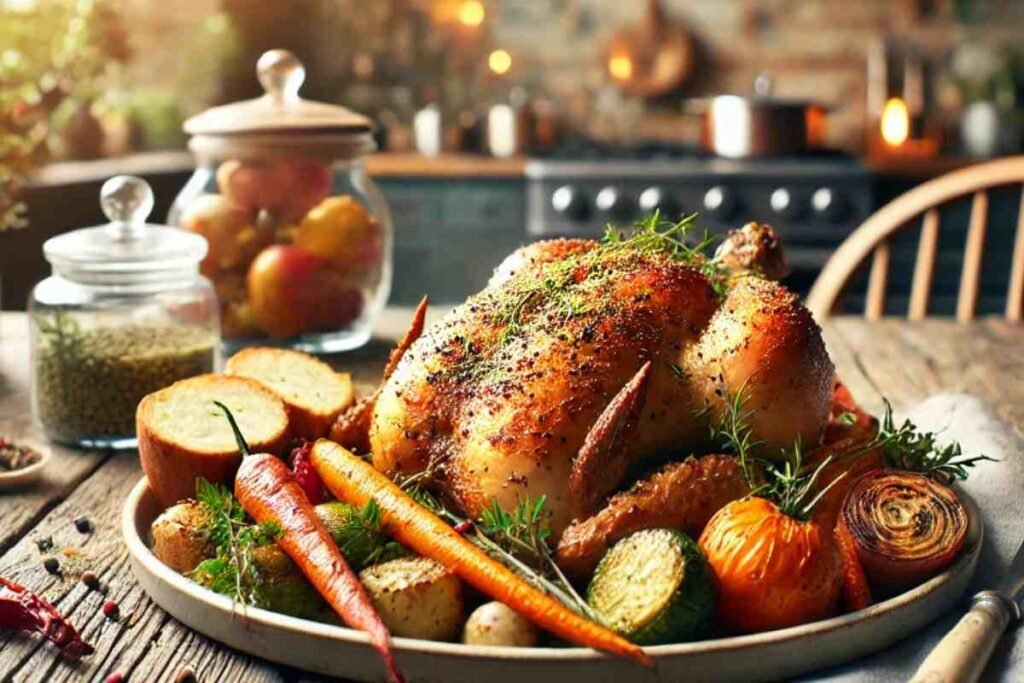
It is much more than a meal it’s a reflection of tradition and craftsmanship. The dish is frequently made during holidays such as Christmas, Easter, and regional festivals.
What makes it so special is its adaptability, as it can be roasted, grilled, or even wood-fired, depending on the occasion and personal preference.
While it evokes nostalgia, it has evolved to suit modern preferences, maintaining its classic charm in both family kitchens and fine dining restaurants.
Nutrition Information
(per 1 serving, approx. 4 oz or 113g of cooked chicken)
| Nutrient | Amount | % Daily Value |
|---|---|---|
| Calories | 250 | 13% |
| Total Fat | 14g | 22% |
| Saturated Fat | 3.5g | 18% |
| Cholesterol | 70mg | 23% |
| Sodium | 300mg | 13% |
| Total Carbohydrates | 0g | 0% |
| Dietary Fiber | 0g | 0% |
| Sugars | 0g | – |
| Protein | 30g | 60% |
How to Prepare
To master it, you need a handful of fresh ingredients, attention to detail, and the willingness to take your time. Below is a detailed guide to making it in a authentic way that will impress.
Ingredients
- Whole chicken (or chicken thighs and drumsticks)
- Olive oil (for the marinade)
- Lemon juice (for brightness)
- Garlic (adds rich aroma)
- Herbs: Rosemary, thyme, parsley
- Salt and pepper (to taste)
- Paprika (optional for smokiness)
- White wine (optional for depth of flavor)
- Onions and carrots (optional for roasting alongside the chicken)
Cooking Methods
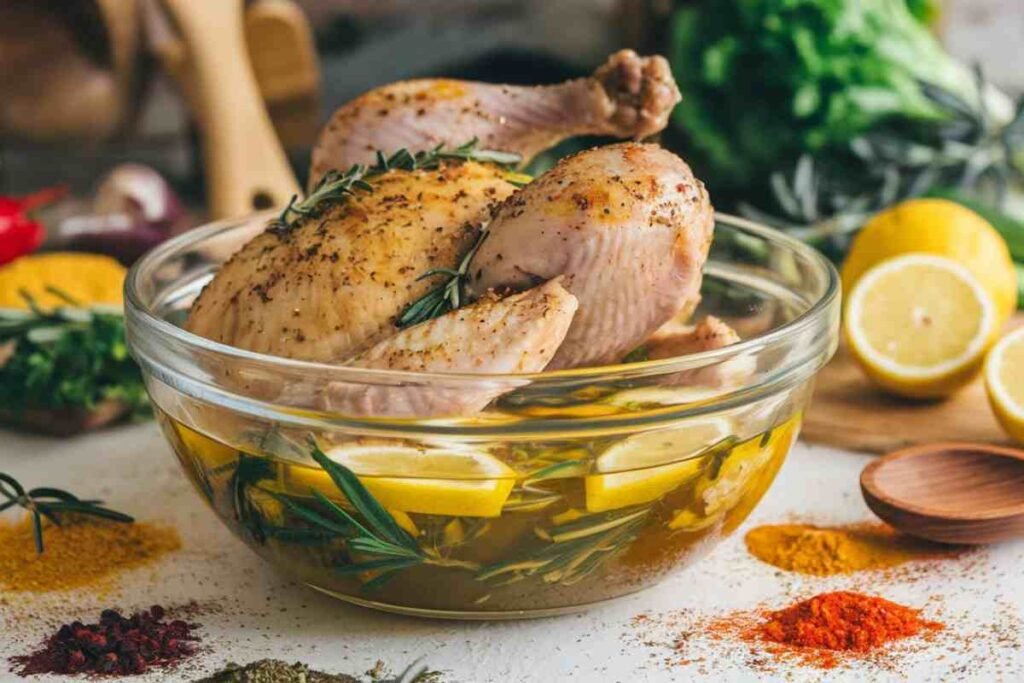
Marinating the Chicken
The secret to a delicious dish is the marinade. Combine olive oil, lemon juice, garlic, herbs, and optional white wine in a bowl.
Generously coat the chicken with this mixture, ensuring all sides are covered. For the best results, let the chicken marinate in the refrigerator for at least 4 to 6 hours, but ideally overnight.
Oven-Roasted
For a classic oven-roasted chicken, preheat your oven to 375°F (190°C). Place the marinated chicken on a bed of onions, carrots, or potatoes to absorb the flavors as it roasts. Roast for about 1.5 hours or until the chicken skin turns crispy and the juices run clear when pierced.
Grilled
If you prefer a smoky flavor, try grilling it. Cook it over medium heat, turning occasionally, until the skin is browned and the internal temperature reaches 165°F (74°C). This method is perfect for outdoor gatherings and barbecues.
Wood-Fired
For the most traditional method, cook it in a wood-fired oven. The high heat creates a perfectly charred exterior while keeping the meat juicy and tender inside. This method offers unparalleled flavor and is often reserved for special occasions.
Variations of Pollaste
It has many regional and personal variations, offering endless possibilities to customize the dish. Here are some popular versions:
Pollaste a la Catalana
This Catalonian variation is often served during the holidays and incorporates dried fruits like prunes or apricots. The combination of sweet and savory makes it a perfect festive dish.
Pollaste al Limone
From Southern Italy, it emphasizes the use of lemon in both the marinade and the final dish. It pairs beautifully with fresh salads or roasted vegetables, making it an ideal summer meal.
Spiced Pollaste
In some Mediterranean regions, It is made with spices like cumin, paprika, and coriander. This creates a warm, fragrant dish that pairs well with couscous or rice. Adding a yogurt-based sauce or chutney can enhance its richness.
The Cultural Significance
Beyond its delicious taste, it plays a significant role in family traditions. The preparation process often involves multiple generations cooking together, sharing stories, and passing down secret family recipes.
It is a dish that brings people together, whether during large family gatherings or intimate dinners.In many households, preparing it for special occasions such as Christmas or Easter. The dish often takes center stage at the dining table, embodying hospitality and abundance.
Serving Pollaste: Accompaniments and Sides
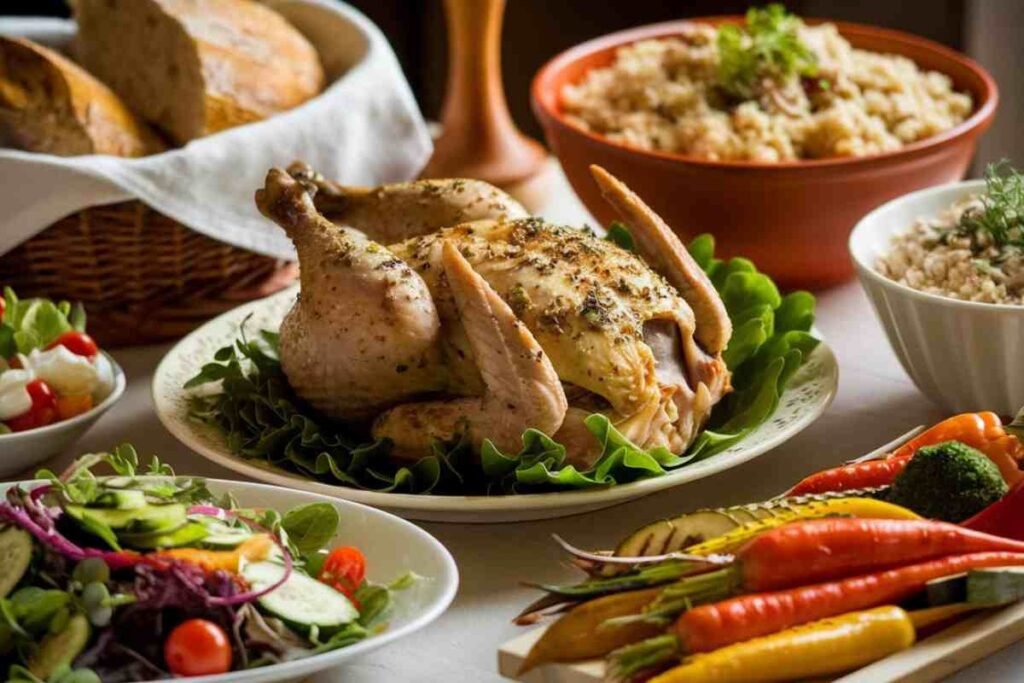
To truly experience the richness of it, it’s important to pair it with complementary sides. Here are some classic accompaniments:
- Roasted Vegetables: Potatoes, carrots, and onions are commonly roasted alongside the chicken.
- Seasonal Salads: Fresh, leafy greens with a light vinaigrette can provide a refreshing contrast to the richness of it.
- Rice or Couscous: These grains absorb the flavorful juices of the chicken, making them ideal side dishes.
- Crusty Bread: Use bread to soak up the delicious pan juices for an authentic Mediterranean dining experience.
Why Pollaste Endures: A Dish for All Seasons
It has remained popular over the centuries due to its versatility and deep-rooted tradition. Its adaptability allows it to fit into a wide range of settings from casual family dinners to lavish holiday feasts. Its classic preparation, combined with regional variations, ensures that this dish never feels outdated.
Additionally, it is a symbol of comfort and nostalgia. Many people associate it with home-cooked meals and family gatherings, making it a true comfort food. The blend of simple ingredients and thoughtful preparation creates a dish that satisfies both the stomach and the soul.
Conclusion
Pollaste continues to captivate culinary enthusiasts because of its rich history, cultural significance, and delicious flavor profile. Whether you prefer a traditional roast, a smoky grilled version, or a variation infused with regional spices.
It offers something for everyone. It’s a dish that transcends time, bridging the gap between generations and creating lasting memories around the dinner table.
FAQs
What is Pollaste?
It is a traditional Mediterranean chicken dish, usually marinated and roasted or grilled. It has deep cultural roots and variations across different regions, including Catalonia and southern Italy.
How do you make authentic Pollaste?
To make it authentic , marinate a whole chicken in a mixture of olive oil, lemon juice, garlic, and herbs. Roast or grill the chicken slowly to allow the flavors to fully develop.
What should I serve with Pollaste?
It pairs well with roasted vegetables, rice, couscous, or a fresh seasonal salad. Crusty bread is also commonly served to soak up the juices.
Can I grill Pollaste instead of roasting it?
Yes, grilling is a popular method for preparing it, especially during outdoor gatherings. It adds a smoky flavor and keeps the meat juicy and tender.

